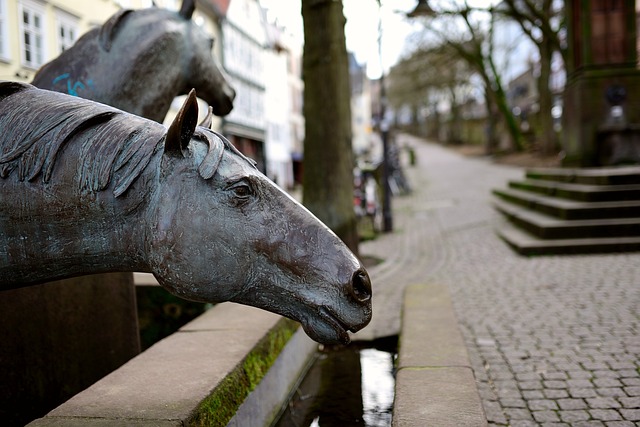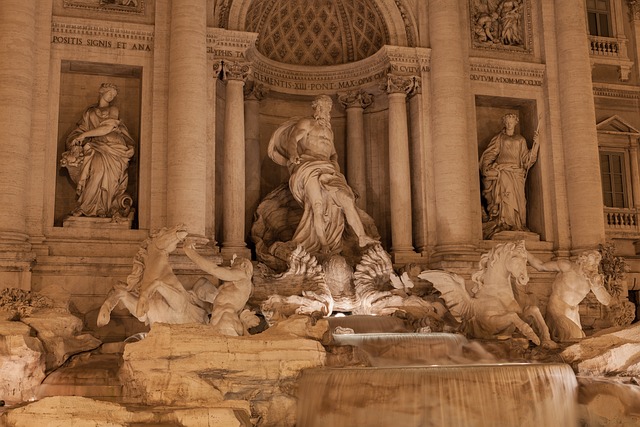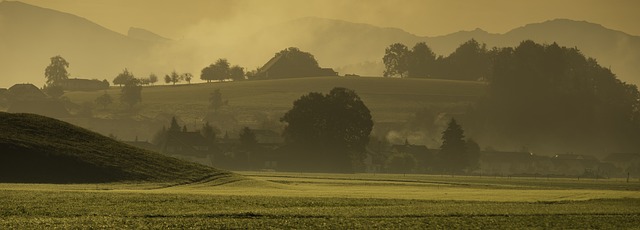An iconic town center fountain significantly impacts real estate values by attracting homebuyers and boosting community pride. Historically symbolizing life, purity, and prosperity, fountains remain crucial for urban planning and economic growth. When designing a fountain, aesthetics should reflect local character with modern, durable materials and functional features like tiered seating and lighting that extend usability into the evening, fostering community interaction and enhancing the overall visitor experience in the surrounding real estate development.
Discover the transformative power of an iconic fountain as it enhances urban landscapes and boosts real estate value. This captivating feature, often the centerpiece of town centers, has a profound historical and cultural impact, dating back centuries. From Roman times to modern aesthetics, fountains offer more than aesthetic appeal; they foster community engagement and economic growth. Learn about key design considerations to create a memorable fountain that becomes a locale’s defining symbol, increasing nearby property values and attracting visitors alike.
The Visual Impact of an Iconic Fountain on Real Estate Value

An iconic fountain towering above a town serves as more than just a scenic landmark; it significantly influences the real estate landscape. The visual impact of such structures can dramatically enhance property values in surrounding areas. Homebuyers are drawn to picturesque settings, and a grand fountain acting as a central point adds allure to an entire neighborhood. This aesthetic appeal encourages investment and development, with properties near these landmarks often commanding higher prices.
The presence of a distinctive fountain can foster a sense of community and local pride, making the area more desirable for residents and businesses alike. Increased foot traffic and improved ambiance create a positive feedback loop that benefits real estate market dynamics. In turn, this enhances rental potential and property investment returns, solidifying the fountain’s role as a catalyst for economic growth and real estate value appreciation.
Historical and Cultural Significance of Fountains in Urban Spaces

Fountains have long held a significant place in urban landscapes, serving as more than just functional water features. Historically, they were often central to the design and development of public spaces, reflecting the cultural values and aesthetics of the societies that built them. In many ancient civilizations, fountains symbolized life, purity, and prosperity, and their presence in town centers was a statement of power and wealth. This tradition continues today, as fountains remain a key element in urban planning and real estate development.
In contemporary urban spaces, fountains often double as landmarks, attracting visitors and boosting local economies. They can enhance the visual appeal of an area, providing a calming contrast to the hustle and bustle of city life. Moreover, they contribute to environmental sustainability by offering cooling effects during hot seasons, making them not just beautiful but also practical additions to any town or city.
Design Considerations for Creating a Memorable Town Center Fountain

When designing a town center fountain meant to become an iconic landmark, several key considerations come into play, especially in the realm of real estate development. The first is aesthetics; the fountain should be a stunning visual centerpiece that reflects the character and history of the town while incorporating modern design elements that resonate with visitors. Material choices are crucial here; durable options like stone or metal can ensure longevity and enhance the fountain’s visual appeal over time.
Functionality is another vital aspect. The fountain must serve as a gathering space for residents and tourists alike, encouraging interaction and community building. Incorporating features like tiered seating areas, water play elements that cater to all ages, and accessible pathways ensures the fountain becomes a dynamic hub of activity. Additionally, incorporating lighting design that illuminates both the fountain and its surroundings can extend the space’s usability into the evening, enhancing the overall visitor experience.






